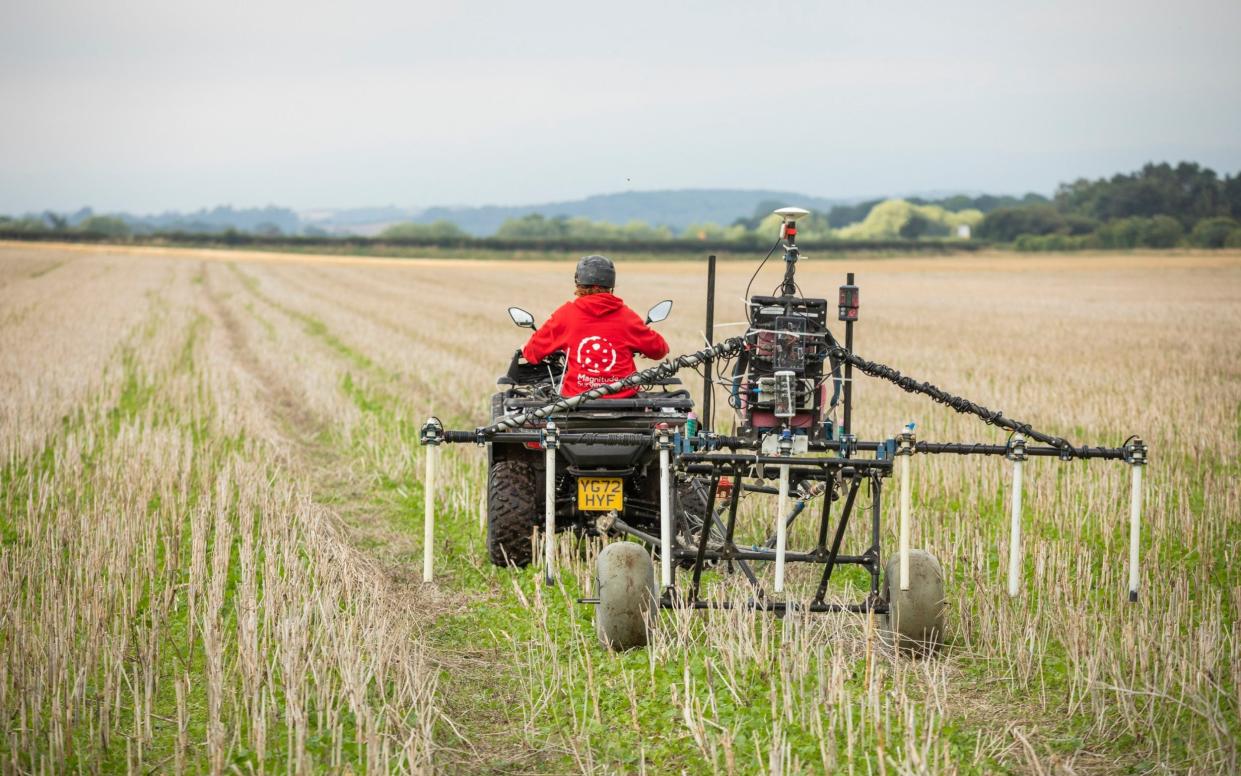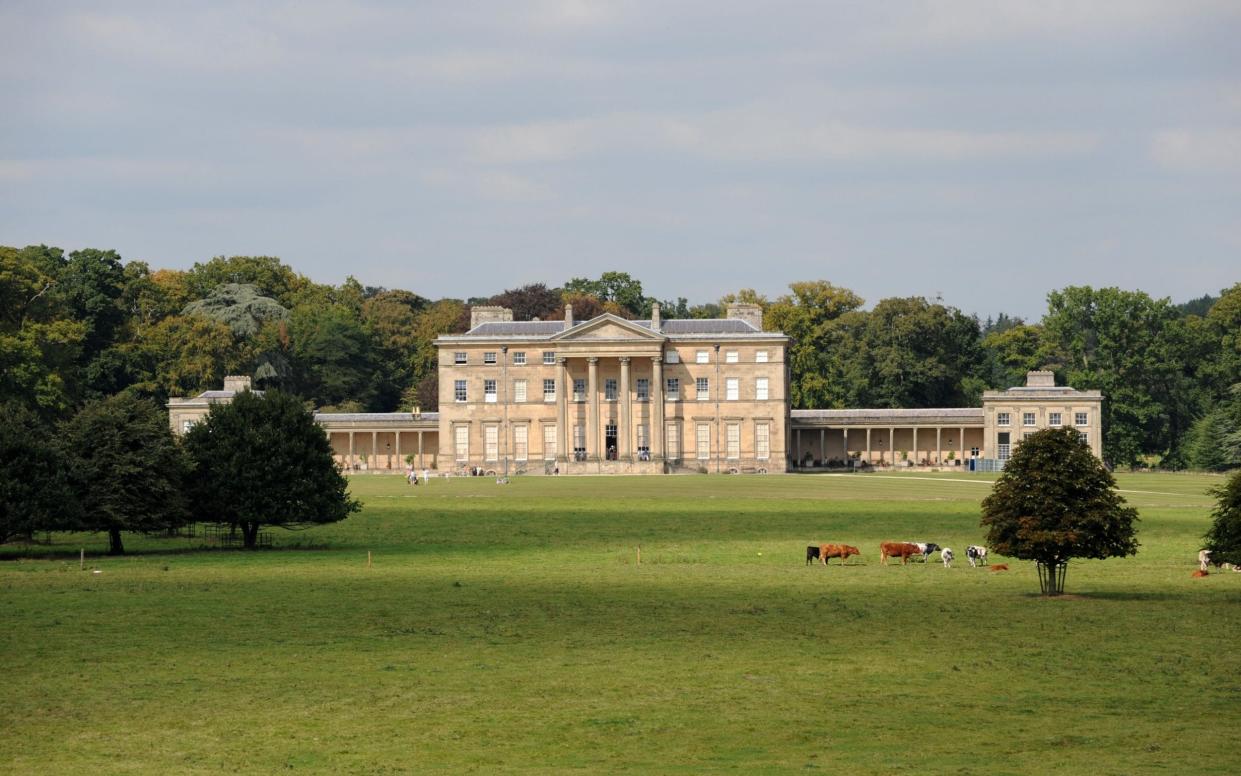Two ancient Roman villas used for farming discovered on National Trust estate

Two ancient Roman villas have been found in Shropshire on National Trust land.
A large-scale geophysical survey across more than 1,000 hectares (2,471 acres) at the Attingham Park estate revealed the archaeological remains of the two settlements.
Experts believe they were most likely farms that supplied grain and goods to the local town of Wroxeter.
The villas show evidence of at least two construction or occupation phases, with floor plans that highlight internal room divisions and outbuildings.
The National Trust said it was likely the villas would have had features typical of such country estates of this type, such as underfloor heating known as hypocausts, their own bath houses, and mosaic floors.
Only six such other villas are known in Shropshire and the survey also detected eight ditched enclosures and remains, possibly Iron Age or Romano-British farmsteads, four of which were unknown until now.
Teams from Magnitude Surveys carried out a magnetometer survey, which records subtle changes in the local magnetic field to highlight buried features.
The survey also uncovered evidence of several Roman roads to the west of Wroxeter and has added to archaeologists’ understanding about the settlement activity immediately outside the city’s defences, and the changing uses of the area during the Roman period.
Elsewhere on the estate, new features linked to a previously-known Anglo-Saxon great hall have been detected.

Janine Young, a National Trust archaeologist, said: “Attingham Estate has always been known to have high historical and archaeological significance which has now been confirmed by the largest geophysical survey the National Trust has ever undertaken.
“We’ve seen tantalising hints of these remains over the years, with evidence showing up in cropmarks, aerial imagery and through small surveys and excavations. But, until now, what lies beneath the surface has never fully been investigated.
“This new geophysical survey has really transformed our knowledge by establishing a comprehensive ‘map’ of what is below our feet, providing us with a fascinating picture of the estate’s hidden past, revealing previously unknown sites of importance.”
The National Trust said the results would help it to plan land use changes with its tenants to restore nature, capture carbon and build resilience to the impacts of climate change such as flooding.
It would help it make decisions such as where to plant trees, restore natural pastures, create nature-friendly arable land or wetlands, and how to manage flood plains, the charity said.
‘For the benefit of nature and people’
Alice Collier, the National Trust project manager, said: “Having this detailed knowledge of the way the land has been used in the past is directly informing our plans for how the land could best be used in the future for the benefit of nature and people.
“The survey results are helping to influence the location and design of potential woodland and wetland projects by highlighting areas we will need to work around to protect important archaeological remains.
“We are working collaboratively with our farm tenants, to look at how we can deliver changes for nature and help to mitigate and adapt to the effects of climate change whilst respecting the heritage of the landscape.”
English Heritage said the survey results were “exciting” and would help increase knowledge about Wroxeter.
Win Scutt, the senior properties curator at English Heritage, said: “Although we know a great deal about the city of Wroxeter in Roman times from surveys carried out in the 1990s, the wider area around the site still has much to reveal.
“This latest geophysical survey by the National Trust is exciting, and, along with further excavation by English Heritage this July and surveys by Historic England, we are all vastly growing our understanding of this important historic site.”


